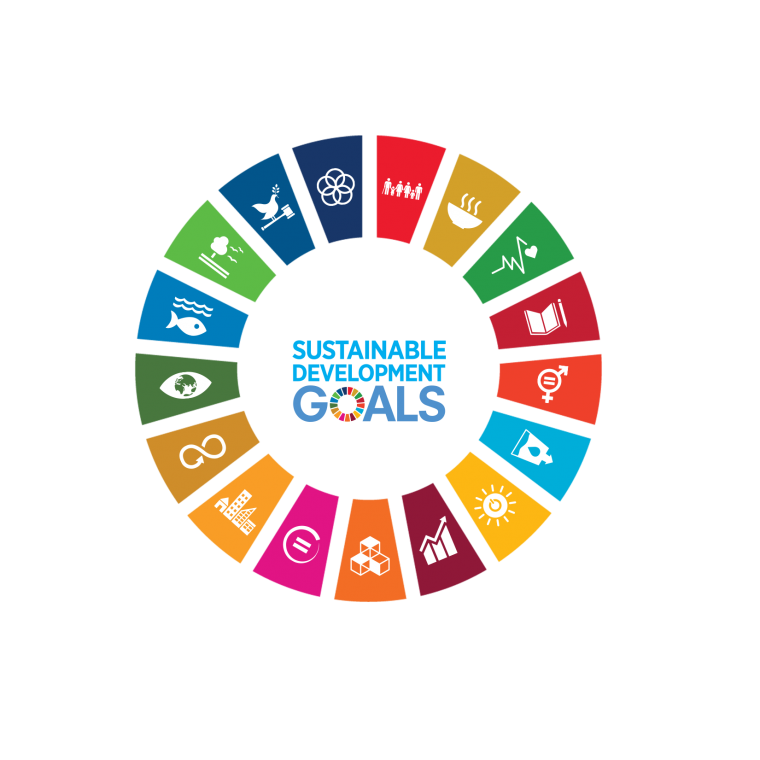Analysis of Factors Affecting Human Development Index in Special Regional of Yogyakarta
DOI:
https://doi.org/10.18196/jerss.v5i1.11036Keywords:
Human Development Index (HDI), GRDP, Government Expenditures in the Education Sector and Government Expenditures in the Health SectorAbstract
This study aims to analyze the factors affecting the Human Development Index in the Special Regional of Yogyakarta. This study uses secondary data from the Central Bureau of Statistics (BPS) and the Regional Asset Financial Management Agency (BPKAD) in the Special Regional of Yogyakarta, namely Yogyakarta City, Sleman Regency, Bantul Regency, Kulon Progo Regency, and Gunung Kidul Regency in 2013- 2018. Meanwhile, the analysis tools used in the study used the Panel Data Method with the Fixed Effect Model approach. This study indicates that the Gross Regional Domestic Product (PDRB) and government spending in the health sector positively and significantly affect the Human Development Index. Government spending in the education sector has a negative and insignificant effect on the Human Development Index (HDI).
References
Al-Nasser, A. D., & Al-Hallaq, S. S. (2019). Impact of human poverty on the human development index in Jordan within the period 2003-2016. Business and Society, 20(2), 552–562. Retrieved from http://www.ijbs.unimas.my/index.php/content-abstract/all-issues/67-vol-20-no-2-2019/596-impact-of-human-poverty-on-the-human-development-index-in-jordan-within-the-period-2003-2016
Asmita, F., & Ruslan, D. (2017). Analysis of factors affecting the human development index North Sumatra province. IOSR Journal of Business and Management (IOSR-JBM), 19(10), 27–36. Retrieved from https://www.semanticscholar.org/paper/Analysis-of-Factors-Affecting-the-Human-Development-Asmita-Fitrawaty/f432999892edc109fb835ab60f418a2be2af3631
Astuti, M. (2018). Analisis faktor-faktor yang mempengaruhi indeks pembangunan manusia di provinsi Daerah Istimewa Yogyakarta tahun 2010-2016. Skripsi. Universitas islam Indonesia.
Basuki, A. T. (2017). Ekonometrika dan aplikasi dalam ekonomi (Dilengkapi aplikasi eviews) (Edisi pertama). Yogyakarta: Danisa Media .
Basuki, A. T., & Yuliadi, I. (2017). Elektronic data processing (SPSS 15 dan Eviews 7). Yogyakarta: Danisa Media.
Basuki, A.T., & Saptutyningsih, E. (2016). Analisis faktor-faktor yang berpengaruh terhadap indeks pembangunan manusia tahun 2008-2014 (Studi kasus kab/kota DI Yogyakarta). Buletin Ekonomi Jurnal Manajemen, Akuntansi dan Ekonomi Pembangunan, 14(1), 1-20.
BPS. (2018). Indeks Pembangunan Manusia. Retrieved from https://www.bps.go.id/publication/2019/08/27/34432798c6ae95c6751bfbba/indeks-pembangunan-manusia-2018.html
Dewi, N., Yusuf, Y., & Iyan, R..Y. (2017). Pengaruh kemiskinan dan pertumbuhan ekonomi terhadap Indeks Pembangunan Manusia di Provinsi Riau. Jurnal Online Mahasiswa (JOM) Bidang Ilmu Ekonomi, 4(1), 870-882. Retrieved from https://jom.unri.ac.id/index.php/JOMFEKON/article/view/12917
Diba, A., Fathorrazi, M., & Somaji, R. (2020). Pengaruh kemiskinan, PDRB, dan PAD terhadap Indeks Pembangunan Manusia di Jawa Timur. Jurnal Ekuilibrium, 2(1), 10-19. Retrieved from https://jurnal.unej.ac.id/index.php/JEK/article/view/19242
Heka, A. J. L., Lapian, A., & Lajuck, I. (2017). Pengaruh pengeluaran pemerintah bidang kesehatan dan pendidikan terhadap Indeks Pembangunan Manusia di Provinsi Sulawesi Utara. Berkala Ilmiah Efisiensi, 17(1), 206–217. Retrieved from https://ejournal.unsrat.ac.id/index.php/jbie/article/view/16658
Larasati, D. (2018). Analisis pengaruh penyaluran dana ZIS, PDRB per kapita, dan kemiskinan terhadap Indeks Pembangunan Manusia (IPM) di Indonesia Tahun 2013-2016. Skripsi. UIN Syarif Hidayatullah Jakarta: Fakultas Ekonomi dan Bisnis.
Muliza, M., Zulham, T., & Seftarita, C. (2017). Analisis pengaruh belanja pendidikan, belanja kesehatan, tingkat kemiskinan dan PDRB terhadap IPM di provinsi Aceh. Jurnal Perspektif Ekonomi Darussalam, 3(1), 51–69. https://doi.org/10.24815/jped.v3i1.6993
Putra, N. E. (2018). Analisis pengaruh kemiskinan, pertumbuhan ekonomi dan pengangguran terhadap Indeks Pembangunan Manusia (IPM) di Provinsi Jambi Tahun 2011-2015. Skripsi. Universitas Islam Indonesia.
Rusli, M. (2014). Pembangunan dan Kemiskinan Adalah Sebuah Konsep Terbuka. Retrieved from http://kotaku.pu.go.id:8081/wartaarsipdetil.asp?mid=6967&catid=2&
Shah, S. (2016). Determinants of human development index: A cross-country empirical analysis. International Journal of Economics and Management Studies, 3(5), 43–46. https://doi.org/10.14445/23939125/ijems-v3i5p106
UNDP. (1990). Human Development Report 1990.
Widodo, P., Irawan, L. A., Oktavianti, I. N., & Anisa, L. (2020). Government spending on education, health, and minimum wages as predictors of human development index: study of selected provinces of indonesia. International Journal of Advanced Economics, 1(2), 95–101. https://doi.org/10.51594/ijae.v1i2.57
Wijayanto, A., Khusaini, M., & Syafitri, W. (2015). Analisis pengaruh pengeluaran kesehatan dan pendidikan serta PDRB per kapita terhadap Indeks Pembangunan Manusia (Studi terhadap kabupaten/kota di Jawa Timur). International Journal of Social and Local Economic Governance (IJLEG), 1, 85–95.
Winarti, A. (2014). Analisis pengaruh pengeluaran pemerintah bidang pendidikan, kemiskinan, dan PDB terhadap Indeks Pembangunan Manusia di Indonesia Periode 1992-2012. Skripsi. Universitas Diponegoro.
Zainuddin, Z. (2015). Analisis dampak inflasi, PDRB dan upah minimum ragional terhadap Indeks Pembangunan Manusia masyarakat di Provinsi Aceh. Ekonomi Manajemen Dan Akuntansi, 1(1), 45–52. Retrieved from http://ojs.serambimekkah.ac.id/jemsi/article/view/194
Downloads
Published
How to Cite
Issue
Section
License
License
You are free to:
- Share — copy and redistribute the material in any medium or format.
- Adapt — remix, transform, and build upon the material for any purpose, even commercially.
The licensor cannot revoke these freedoms as long as you follow the license terms.
Under the following terms:
- Attribution — You must give appropriate credit, provide a link to the license, and indicate if changes were made. You may do so in any reasonable manner, but not in any way that suggests the licensor endorses you or your use.
- ShareAlike — If you remix, transform, or build upon the material, you must distribute your contributions under the same license as the original.
- No additional restrictions — You may not apply legal terms or technological measures that legally restrict others from doing anything the license permits.

This work is licensed under a Creative Commons Attribution-ShareAlike 4.0 International License.

